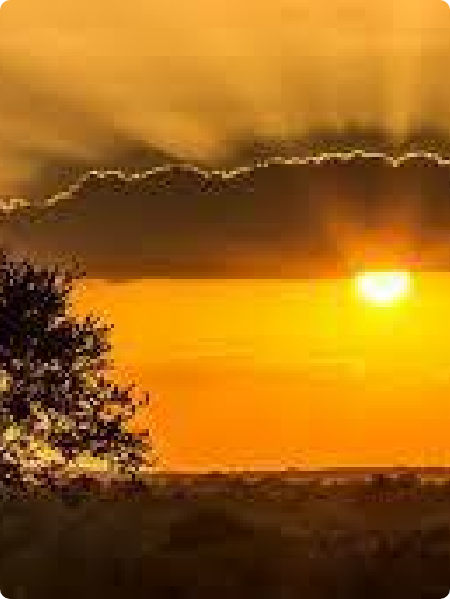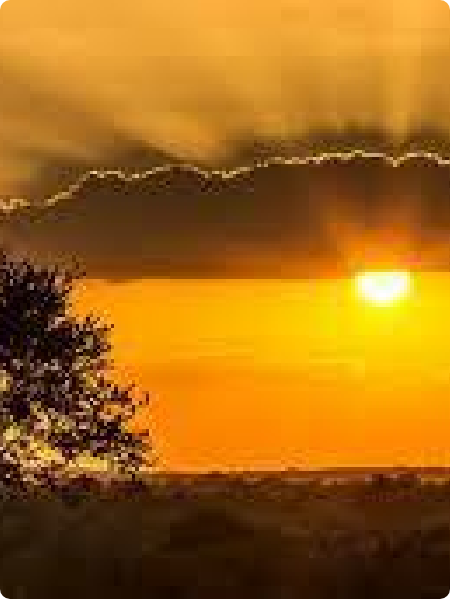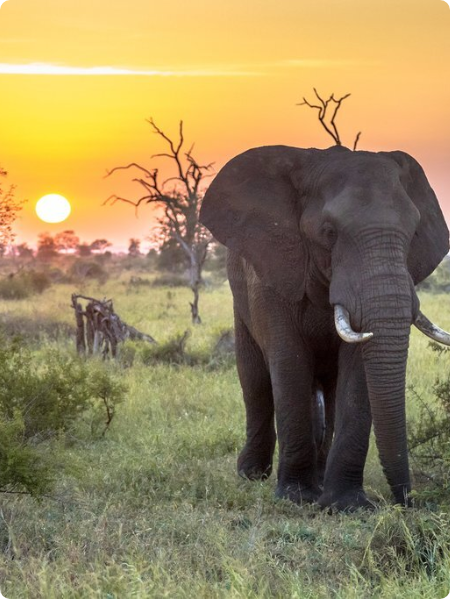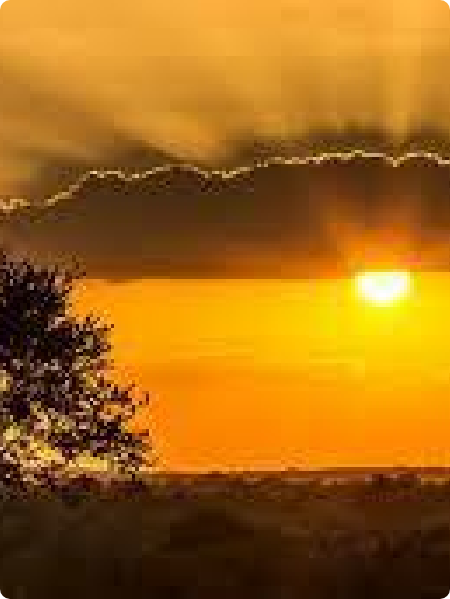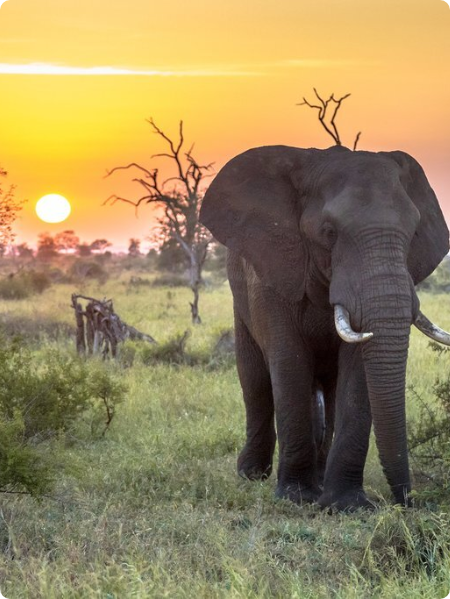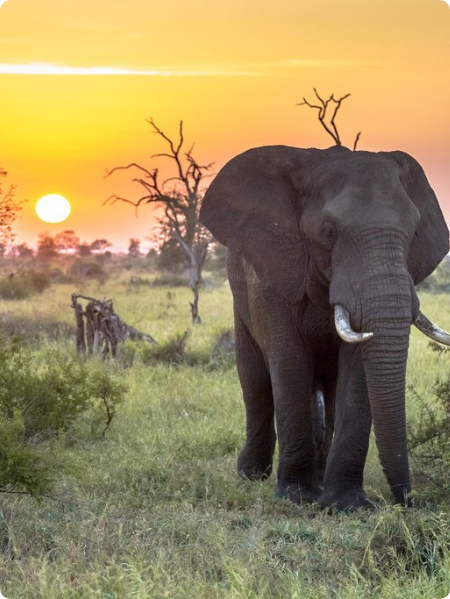Park overview
It is stated that you haven’t experienced the beauty of Africa yet if you haven’t toured the Kruger National Park in South Africa. Filled with iconic, historical, and legendary features, landscapes and wildlife, it is the literal definition of a Spectacular Safari Tour! Indeed, Kruger is the crown jewel of the South Africa National Park system.
Meet The Animals Up Close
Kruger is truly one of the world's premier game-watching destinations. It is home to the Big Five (cape buffalo (2,500), elephant (more than 16,000), rhino (5,000 black and white), lion (1,500) and leopard (1,000), as well as the little five (buffalo weaver, elephant shrew, leopard tortoise, antlion, rhino beetle). There are a little more than 400 of the endangered and multi-colored African wild dogs in the park.
EXPLORE THE PLANT LIFE
Almost the entire stretch of the north-eastern part of Kruger National Park is covered in shrub mopane. Its scientific name is Colophospermum mopane, but it is more commonly known as mopane, mopani, balsam tree, butterfly tree, or turpentine tree. Ironically, it is part of the legume family and only grows in hot, dry, low-lying areas. It also only grows in Africa. The tree's distinctive butterfly-shaped (bifoliate) leaf and thin seed pod make it easy to identify.
MEET THE BIRDS OF KRUGER
The Kruger is home to more than 500 species of birds. At least 253 of these are permanent residents. Another 117 are non-breeding migrants and 147 are nomads. Six of these species, have been tagged with the moniker "Big Six Birds of Kruger." The Big 6 are: martial eagle, saddle-billed stork, lappet-faced vulture, kori bustard, ground hornbill and the hard-to-spot Pel's fishing owl. A survey in 2011 found 22 martial eagle nest sites and another survey in 2015 found an additional 17. In 2020, the survey found 70 nesting sites, so the population is definitely growing. The park is home to 25-30 breeding pairs of saddle-billed stork. In 2012 the park's staff estimated there were 178 family groups of ground hornbills.
Amphibians
There are at least 35 different species of amphibians that call Kruger National Park home. These evolutionary links between reptiles and fish that emerged from the oceans roughly 400 million years ago, include the African bullfrog, the tiny baby Bushveld rain frog, the Eastern Olive toad, grey foam-nest tree frog, marbled sand frog, and lots of salamanders.
Safety restrictions
Kruger is currently within the malaria endemic zone of South Africa. It is highly recommended patrons get anti-malarial drugs. It is important to note that the risk of malaria in Kruger National Park is usually low, even in the summer months when mosquitos are prevalent. Remember to always carry bug spray. Spray all over your body, including around your ankes. All of Kruger's lodging is netted to mitigate mosquito intrusion.
Park Info
Petting zoos ‘a breeding ground for drug-resistant superbugs’
‘Skeletal’ baby elephant made to bang head to music as tourists laugh
Penguins stolen from zoo discovered two months later
Lion kills zoo worker in 'terrible accident' at wildlife centre


